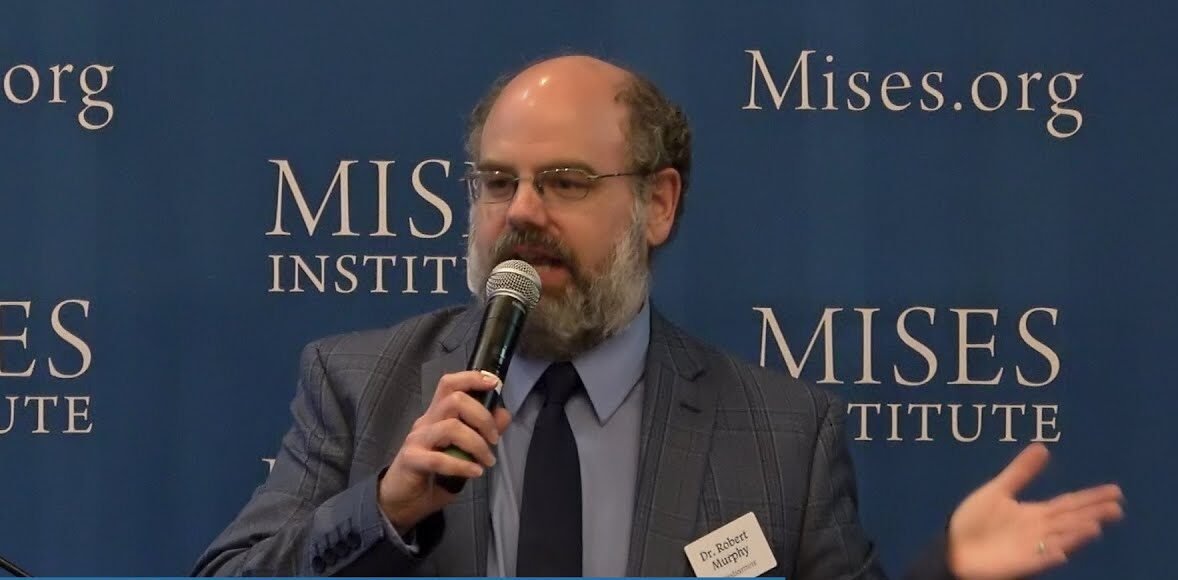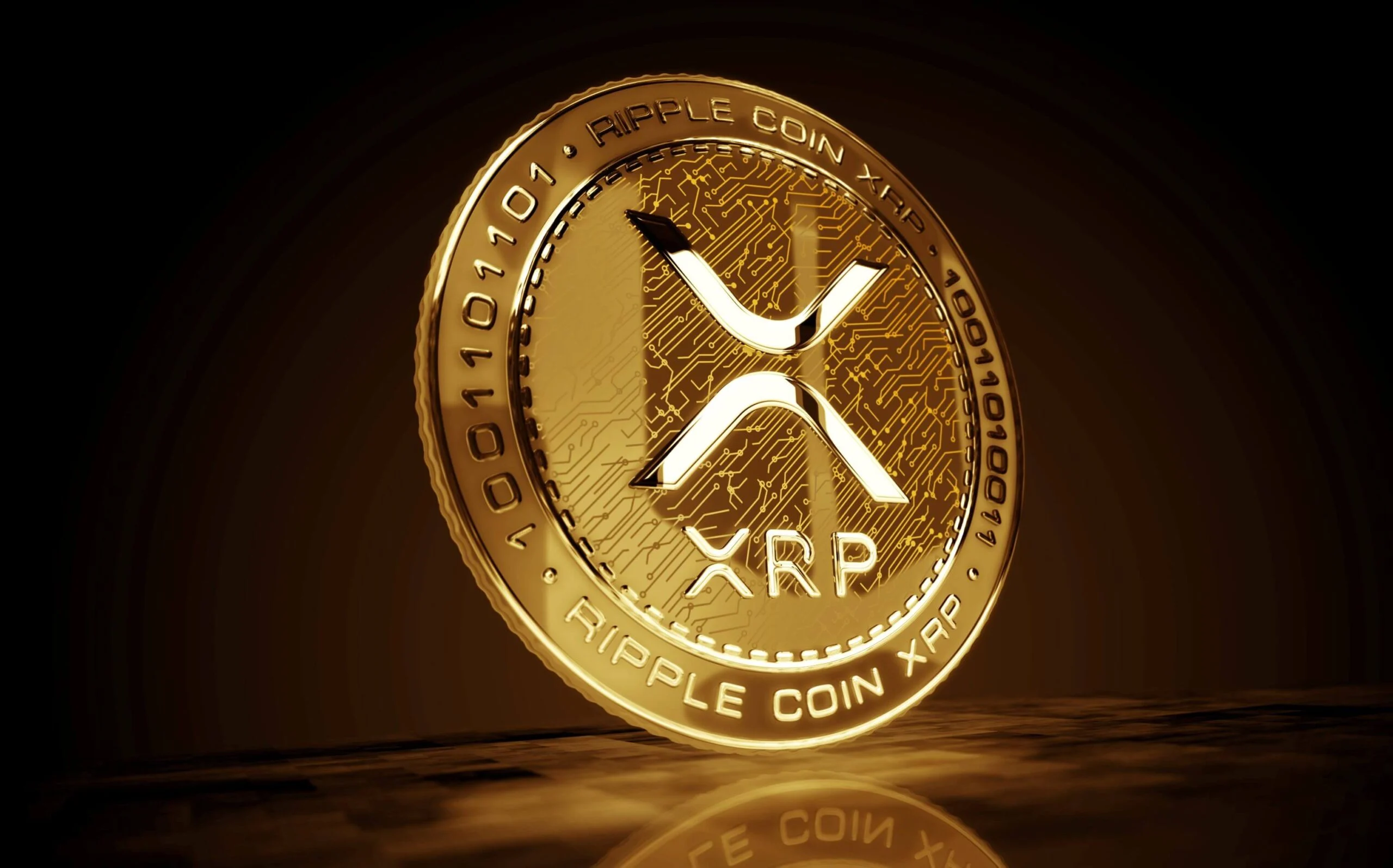Exclusive Interview with Dr. Robert P. Murphy, Chief Economist of Infineo

1. Q) You’ve had a prolific career as a free-market economist and academic. What led you to transition from research to helping to found a digital finance company like infineo?
A) When I was in academia, my research was in capital and interest theory, as well as money and banking. I wrote extensively on the mechanics of Whole Life insurance as well as Bitcoin. Since infineo marries permanent life insurance with blockchain technology, I was naturally attracted from the company’s inception. More generally, there is an exhilaration in the private sector, where you have investors and clients to whom you are accountable, that you don’t find in “safe” positions at a university.
2. Q) How does your background in Austrian economics shape the way infineo approaches innovation, decentralization, and market-driven solutions?
A) Austrian economics stresses the primacy of the individual and especially the entrepreneur. One of its key contributions was Ludwig von Mises’ critique of socialism, which lacked market prices and so couldn’t allow for (what he called) economic calculation. Specifically, without genuine prices for inputs and outputs, you can’t assess the profit (or loss) of a business operation, to determine if its managers are making efficient use of society’s scarce resources. These insights help me to appreciate what infineo is doing for the life insurance sector, as we provide more transparency and liquidity for life insurance assets.
3. Q) Life insurance is often considered a slow, conservative financial product. From a macroeconomic point of view, how do you view its role in wealth preservation and intergenerational capital transfer?
A) Life insurance is one of the most stable and dependable assets in finance. In fact, I wrote a paper for infineo that assessed the Sharpe ratio a common metric of risk-adjusted returns for various asset classes. A curated sample of Whole Life policies outperformed every other class in my study, including US real estate, the S&P 500, Treasuries of varying maturities, corporate bonds, gold, and Bitcoin. Before the USD was severed from gold, and consumer price inflation was relatively tame, life insurance was actually a primary savings vehicle for the typical household. Beyond long-term dependability, life insurance also provides a critical burst of wealth precisely when it is needed most the unexpected death of a breadwinner. Life insurance thus provides a critical function in the market economy, which allows the other elements to be utilized more aggressively. An analogy would be seat belts allowing the driver to operate his car at a much higher speed.
4. Q) There’s growing momentum around real-world asset (RWA) tokenization. Where does life insurance fit into this conversation, and what makes it uniquely valuable as a digitized asset?
A) As I explained earlier, on certain metrics (such as the Sharpe Ratio), life insurance is a premier savings vehicle, which belongs in any diversified portfolio. On the other hand, there are logistical problems for institutional investors who want exposure to this asset class. Simply put, right now you can’t allocate $10 million to life insurance the way you can take a position in Treasuries or gold. Even for those who currently own life policies, it can be cumbersome to borrow against them, especially if one owns multiple policies from different carriers. Tokenization solves these logistical difficulties, bringing the convenience and speed of the blockchain while retaining the traditional advantages of permanent life insurance as a savings and/or cash management vehicle.
5. Q) Since your initial milestone of minting $100M in life insurance policies, how has infineo’s growth trajectory evolved, and what key data or traction points are you most excited about today?
A) We’ve grown from that early $100M milestone to now over $600M in tokenized policies. Beyond the raw volume, we’ve evolved our model to go beyond just creating digital twins of conventional policies. We’re now designing structured products from policy components, cash value, death benefit, etc., for use by institutional investors. This isn’t just digitization; it’s financial engineering that unlocks new efficiencies and market access.
6. Q) Infineo uses a proprietary AI model trained on your own thought leadership. How do you see AI augmenting decision-making in personal finance and policy selection?
A) AI has the potential to democratize financial literacy, and I say that with full knowledge that this is a buzzword. Most people including financial professionals don’t understand how Whole Life policies work, let alone how to use them strategically. Our proprietary AI can read and interpret uploaded policies, then help users simulate scenarios like funding a wedding or managing retirement income. This is where AI moves from abstraction to real-world utility.
7. Q) Are there economic forecasting models you’d like to see integrated into consumer platforms, perhaps even through infineo, that could empower better financial planning?
A) Absolutely, and in fact, we’re actively building these capabilities at infineo. One of our core initiatives is to embed AI tools that allow users to simulate financial outcomes under different macroeconomic scenarios. For example, a user could ask, “How would 5% annual inflation impact my policy’s dividend performance over the next decade?” or “If interest rates fall, should I adjust my premium payments or take a policy loan?”
This type of dynamic, scenario-based modeling, formerly the domain of institutional wealth managers, is being democratized through our AI-powered tools. By integrating economic logic, cash flow forecasting, and risk-adjusted performance metrics, we aim to give users actionable insights that align with their personal goals and market conditions. It’s about moving from static PDF documents to a living, intelligent policy dashboard that evolves with your needs.
8. Q) What policy reforms do you think are necessary to accelerate the adoption of blockchain-based insurance products in the U.S. and globally?
A) The key is regulatory clarity. There are countless teams spread across the globe, dreaming up novel uses for existing technology. But innovation is stifled by legacy regulation that doesn’t distinguish between speculative crypto and stable, tokenized real-world assets. I’d favor reforms that focus on transparency and disclosure rather than prescriptive rules. Let consumers decide, with clear information, instead of regulators limiting access “for their own good.” Once stablecoin and RWA guidelines mature, adoption will follow naturally.
9. Q) How do you envision infineo positioning itself within the broader DeFi and RWA (real-world assets) ecosystem in the next 12–18 months?
A) We’re building more than just tokenized assets, we’re building an operating system for life insurance. That includes policy digitization, on-chain issuance, AI-based advisory, and pooled investment vehicles. As digitally native life insurance becomes more common, we’ll be the infrastructure layer supporting securitization, liquidity, and asset distribution. We’re bridging the gap between TradFi (traditional finance) and DeFi (decentralized finance) through tokenized trust and transparency.
10. Q) Finally, what advice would you give to young economists or entrepreneurs who want to work at the intersection of financial freedom, technology, and real-world impact?
A) Economics is powerful not just in theory but in practice. Study money and banking deeply particularly from the Austrian economists but also roll up your sleeves, learn to code (and LLMs can help tremendously), understand how smart contracts work, and think about what real-world problems you can solve. The next big breakthrough probably won’t come from the established titans on Wall Street or Washington, but more likely will be from someone (or some team) we haven’t yet heard of, who understands both economic theory and the tools of digital innovation.






